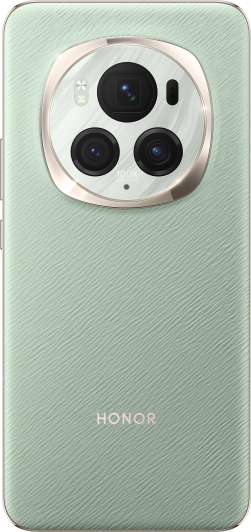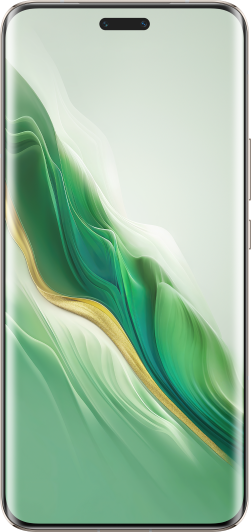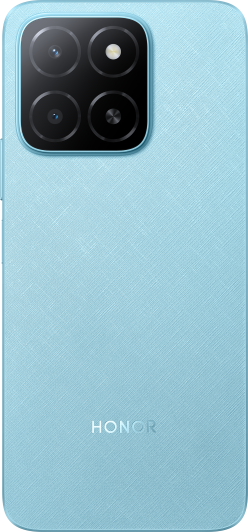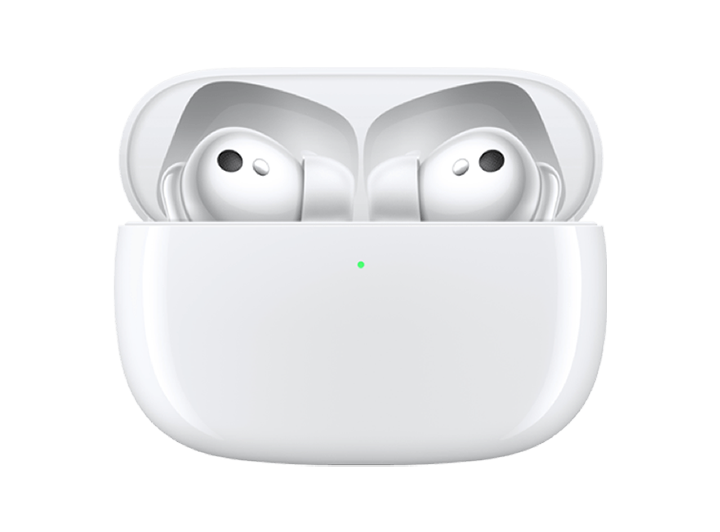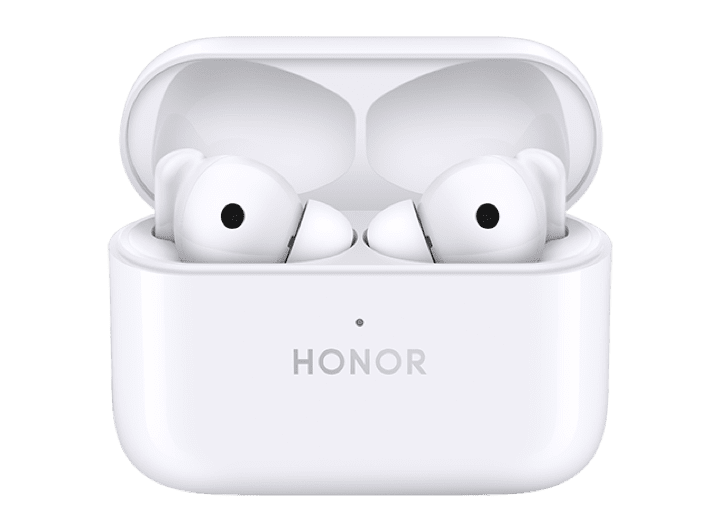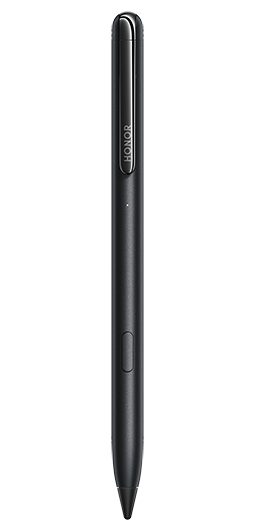TOP

我的荣耀 开启荣耀之旅
To log in to your account, you must first agree to the HONOR PLATFORM TERMS OF USE and HONOR Platform Privacy Statement . If you do not agree, you may only browse the site as a guest.
*You can unsubscribe at any time, Please see our Privacy Statement for details.

Why Are Phones Getting Bigger: Uncovering the Reasons
We live in an age where smartphones reign supreme, and they just keep getting bigger. There's no denying that big-screen phones are everywhere, but why? In this blog post, we’ll explore questions such as: why are phones getting bigger, what advantages and disadvantages do large devices offer and how can you decide which device size is best for you? If you are eager to unravel all the answers, continue reading!
Why Are Smartphones So Big?
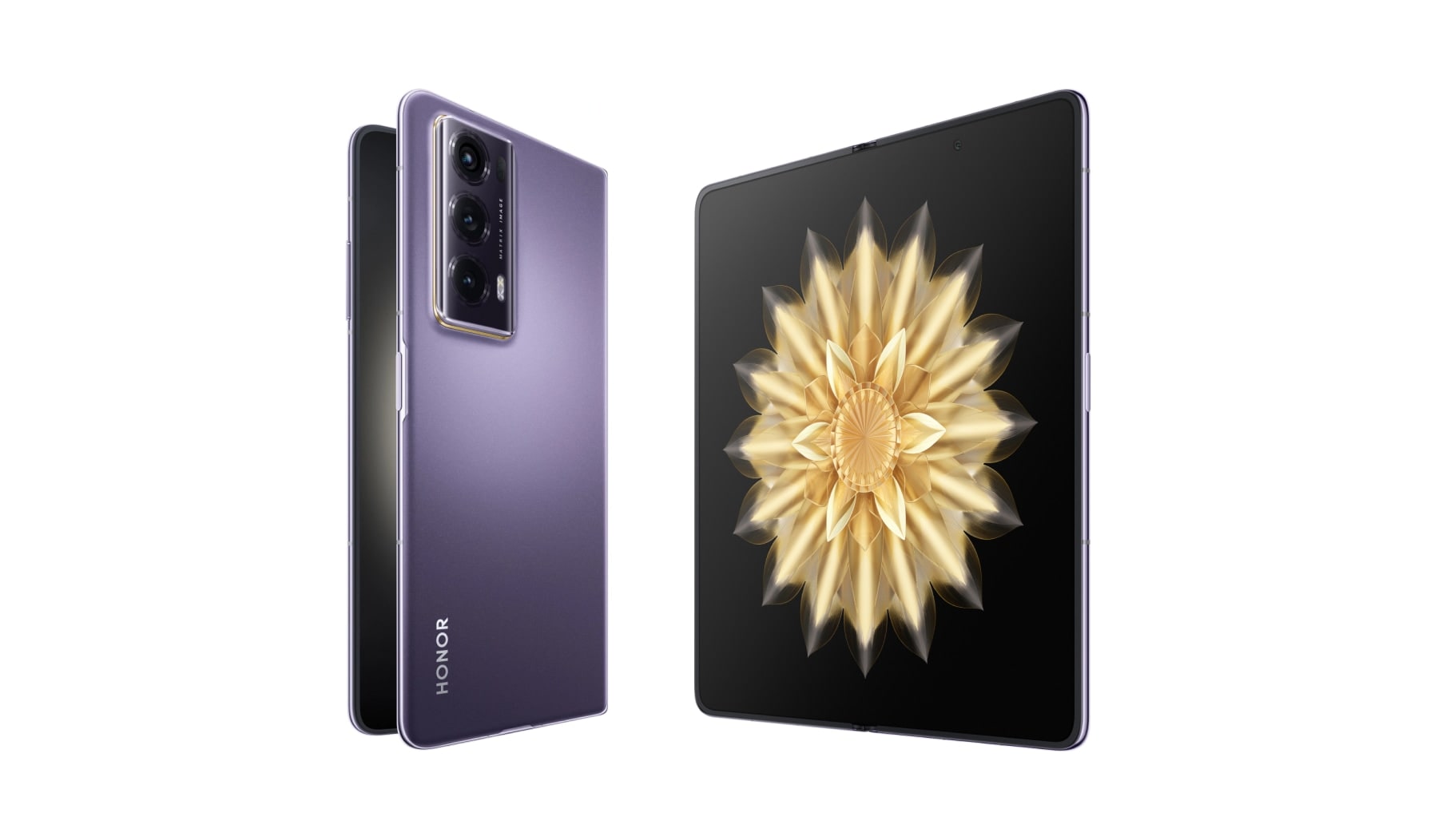
Smartphones have become larger over the years for several reasons, and the trend toward larger screens is influenced by a combination of technological and consumer preference factors. Here are some key reasons why smartphones have become larger:
Bigger Battery Capacity
One of the main reasons smartphones have become larger over the years is the demand for increased battery capacity. As consumers increasingly rely on their smartphones for a wide range of tasks, from communication and web browsing to gaming and multimedia consumption, there is a growing need for longer battery life. Larger phones provide the physical space required to accommodate larger batteries, which, in turn, can store more energy and power the device for an extended period between charges.
Bigger and Better Camera
The emphasis on smartphone photography has also contributed to the increase in device size. Consumers now expect high-quality cameras in their smartphones, with multiple lenses, advanced sensors, and features like optical image stabilization. Accommodating these sophisticated camera components often requires more internal space, contributing to the overall size of the device.
Better Heat Dissipation for Processors
Modern smartphones are equipped with powerful processors to handle complex tasks, such as gaming, multitasking, and running resource-intensive applications. These processors generate heat during operation, and efficient heat dissipation is crucial to prevent performance issues and potential damage. Larger smartphones provide more area for heat dissipation components, such as heat sinks and thermal materials, helping to keep the device cool during intensive use.
Additional Features
The desire to integrate additional features and technologies into smartphones has also led to an increase in device size. Larger screens are favoured for multimedia consumption, gaming, and productivity. Additionally, there is a demand for enhanced functionalities such as multiple antennas for improved connectivity (Wi-Fi, Bluetooth, NFC, etc.), advanced sensors (gyroscopes, accelerometers, etc.), and other hardware components. All of these features require additional space within the device.
Consumer Demand
Consumer preferences play a significant role in the size of smartphones. Over time, there has been a noticeable shift in consumer preferences toward larger screens. Larger screens offer a more immersive experience for activities like watching videos, gaming, and browsing the internet. The demand for larger screens is also influenced by the increasing prevalence of content consumption on smartphones.
Are Bigger Smartphones Better?

The question of whether bigger smartphones are better is subjective and depends on individual preferences and needs. Here are some pros and cons to consider:
• Pros
1. Larger Screen for Multimedia: Bigger smartphones typically come with larger screens, providing a more immersive experience for watching videos, playing games, and browsing content.
2. Enhanced Productivity: A larger screen can be beneficial for productivity tasks, such as reading documents, editing spreadsheets, and multitasking with multiple apps open simultaneously.
3. Better Battery Life: Larger smartphones can accommodate larger batteries, which often results in improved battery life. This is advantageous for users who rely heavily on their devices throughout the day.
4. Improved Camera Capabilities: The extra space in larger smartphones allows for more advanced camera systems, including multiple lenses, larger sensors, and better image stabilization, contributing to enhanced photography capabilities.
5. Easier Typing and Navigation: For some users, a larger device can make typing on the virtual keyboard easier and provide a more comfortable experience for navigation and interaction.
• Cons
1. Portability: Larger smartphones can be less portable and may not fit comfortably in smaller pockets.
2. Weight: With increased size often comes increased weight, making larger smartphones heavier to carry and potentially causing discomfort during prolonged use.
3. Cost: Larger smartphones with advanced features and larger displays often come with higher price tags. They may also incur additional costs in terms of accessories, such as cases and screen protectors.
4. One-Handed Use Difficulty: Using a larger smartphone with one hand, especially for tasks that require reaching across the screen, can be challenging. This might be inconvenient for users who prefer single-handed operation.
5. Increased Power Consumption: While larger phones can house larger batteries, the power consumption of the larger displays and additional features may offset the potential gains in battery life.
Overall, whether a bigger smartphone is better depends on individual preferences and how the device will be used. Users who prioritize multimedia, productivity, and advanced features may find larger smartphones more appealing, while those valuing portability and one-handed use may prefer smaller devices. It's essential to consider both the advantages and disadvantages before deciding on the size of a smartphone.
How to Choose the Right Smartphone Size for You
Choosing the right smartphone size involves considering your preferences, needs, and how you use your device. Here are some factors to help you make an informed decision:
1. Portability: Think about how comfortable you are with carrying and handling a larger device. If portability is crucial, a more compact smartphone might be preferable.
2. Usage Patterns: Assess your typical smartphone usage. If you use your device mainly for watching videos, gaming, or productivity tasks, a larger screen may be desirable. If you prioritize portability for everyday tasks, a smaller phone might be more suitable.
3. One-Handed Use: Consider whether you often use your phone with one hand. If so, a smaller device might be more practical for tasks that require easy one-handed operation.
4. Battery Life: Evaluate your battery needs. Larger smartphones can accommodate bigger batteries, potentially offering longer battery life. If you rely heavily on your device throughout the day, this could be a significant consideration.
5. Budget: Larger phones with advanced features often come with higher price tags. Consider your budget and whether the additional features of a larger device are worth the cost.
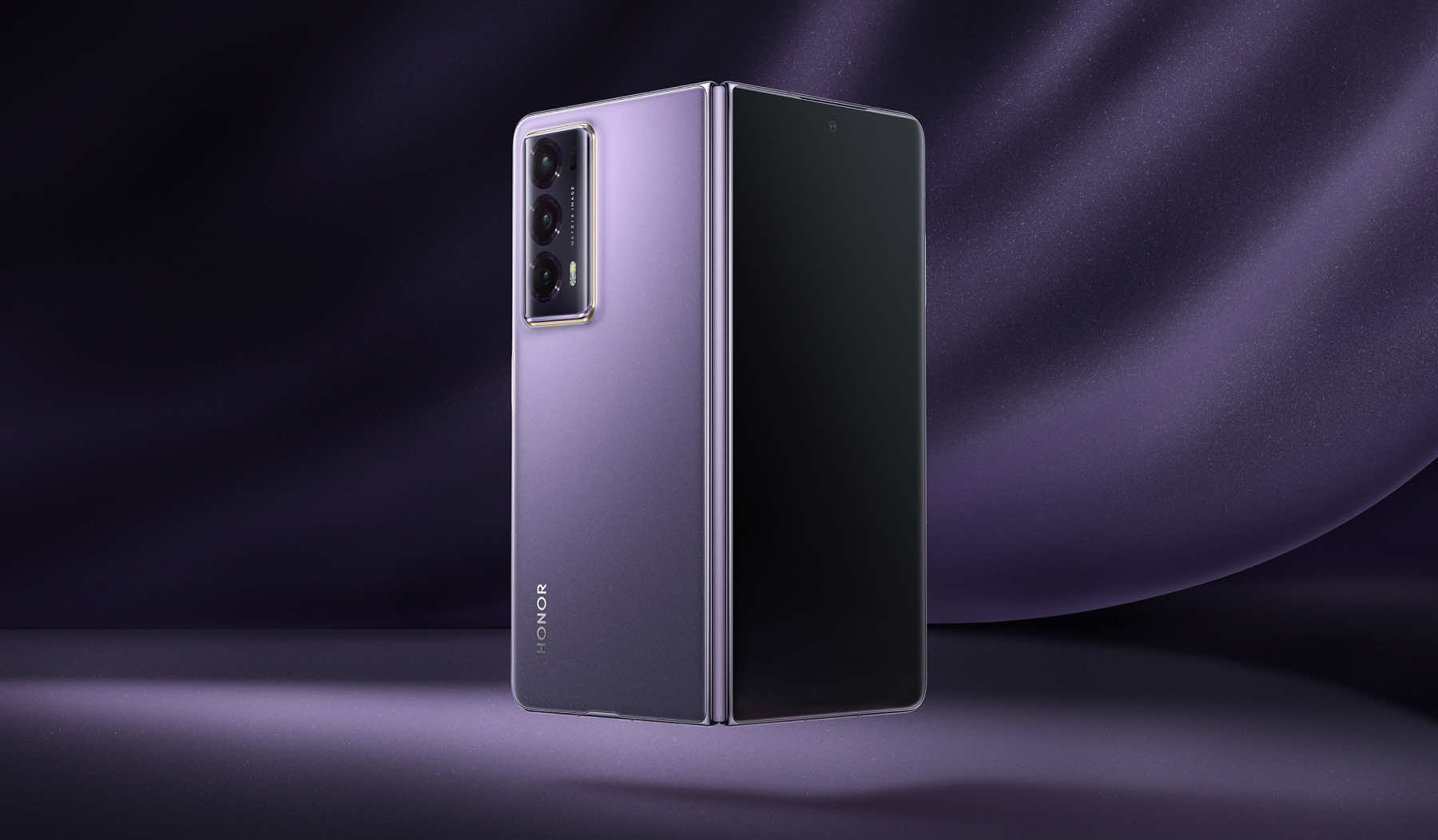
The right smartphone size depends on your personal preferences and how you use your device. If you're seeking a balance between a larger display and portability, the HONOR Magic V2 foldable smartphone could be a compelling option, offering the flexibility of a larger screen when needed and a more compact form for everyday use. The foldable design provides versatility, allowing you to enjoy an expansive screen for multimedia and productivity while maintaining a compact size for portability.
Conclusion
The ongoing trend of larger smartphones is a result of a complex interplay between technological advancements, consumer demands, and the desire for enhanced features. The key is finding a size that meets your specific requirements and aligns with your preferences. Picking the right phone might require some exploration, but hopefully, the tips found herein, along with an understanding of why are phones getting bigger, have helped you narrow down your choices.
FAQ
What Is the Best Phone Size?
The best phone size largely depends on your usage preferences. If you enjoy watching videos, playing games or desire a full and clear display, opt for a smartphone with a screen size of 6.5 inches or larger. This size enhances your viewing experience, providing ample space for media consumption and gaming.
Is Looking at a Small Screen Worse than a Big Screen?
Larger screens offer enhanced visibility from a distance, reducing eye strain during extended use. Conversely, smaller screens may necessitate closer viewing, potentially leading to more frequent breaks. Neither size poses a significant blue light hazard.
How Do I Measure My Phone Screen Size?
To measure your phone screen size, you need to look at the diagonal length of the screen. Measure from one corner to the opposite corner, including the curved edges if applicable.
Source: HONOR Club

Subscribe For Updates - Special Offers And More.
By providing your email address, you consent to receive the latest offers and information on Honor products, events and services through email or advertisement on third-party platforms. You can unsubscribe anytime according to Chapter 5 of HONOR Platform Privacy Statement.
Consumer hotline
80004444408 Monday to Sunday,9:00am-9:00pm
ae.support@honor.com
Copyright © HONOR 2017-2025.All rights reserved.
We use cookies and similar technologies to make our website work efficiently, as well as to analyze our website traffic and for advertising purposes.
By clicking on "Accept all cookies" you allow the storage of cookies on your device. For more information, take a look at our Cookie Policy.
Functional cookies are used to improve functionality and personalization, such as when playing videos or during live chats.
Analytical cookies provide information on how this site is used. This improves the user experience. The data collected is aggregated and made anonymous.
Advertising cookies provide information about user interactions with HONOR content. This helps us better understand the effectiveness of the content of our emails and our website.









